Home >Mobile Tutorial >Mobile News >The secret weapon for advanced mobile imaging: In addition to Leica, Xiaomi has another big trick that is underestimated
The secret weapon for advanced mobile imaging: In addition to Leica, Xiaomi has another big trick that is underestimated
- PHPzOriginal
- 2024-08-20 06:52:361229browse
The topic we want to talk about today is folding screen mobile phones.
It has been five years since the first generation of folding machines came out. Now folding machines have become a mature category, and they are the first choice for major manufacturers to pile on black technology and show off their muscles.
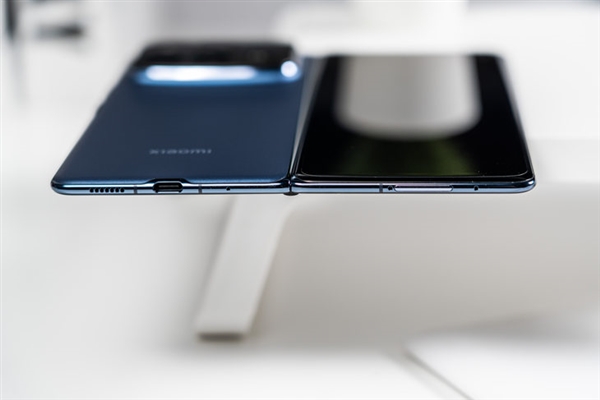
The main reason is that folding screen mobile phones are relatively thick and heavy. If you want to replace the candy bar machine as the main model, you can only use various innovative technologies to make the machine thin enough and perform well enough.
Especially how to "slim down" the heavy camera module while further improving the camera performance has become the key.
We found three recently released folding models, and when comparing the camera parameters disclosed by the manufacturers, we found an interesting difference. Xiaomi MIX Fold 4 uses a Leica main camera, and it is stated that it uses a 1G+6P glass-plastic hybrid lens. The other two mobile phones are not specifically noted and should use traditional plastic lenses.

This detail is easily overlooked among a bunch of parameters. But after a period of research and analysis, we believe that this is a hidden “black technology” that may lead to industry innovation.
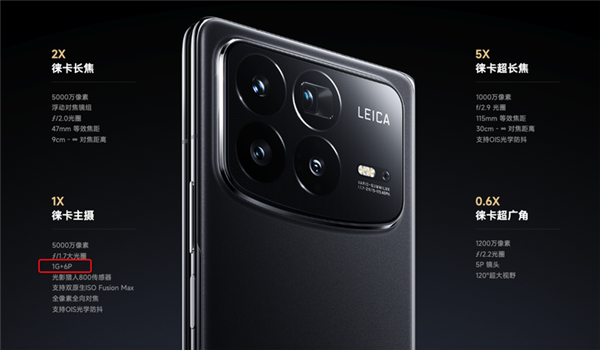
This "1G+6P" lens comes from Chenrui Optical Company, a subsidiary of AAC Technologies. It is manufactured using WLG wafer-level glass technology. You may have heard of AAC Technologies' speakers and linear motors, and they are now available in the global market. Most mobile phones on the Internet use their solutions. In the past few years, AAC Technologies' optical business has also grown by leaps and bounds, and it has become one of the top three mobile phone lens suppliers in the world.
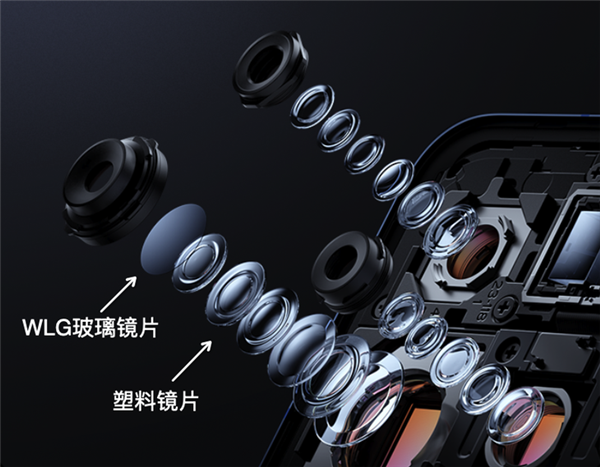
Back to the subject, what is a glass-plastic hybrid lens?
As the name suggests, it is a lens composed of glass lens + plastic lens. The 1G6P in front refers to the combination solution of 1G (1 WLG glass lens) + 6P (6 plastic lenses).
The reason for using such a lens has to start with the development of mobile phone imaging in recent years. Currently, most flagship mobile phone lenses are composed of 6-7 pure plastic lenses. Generally, the more lenses there are, the better the imaging effect of the lens. However, the development to 7P and 8P plastic lenses is almost the limit, because the lens module is too thick and the optical performance cannot be significantly improved.
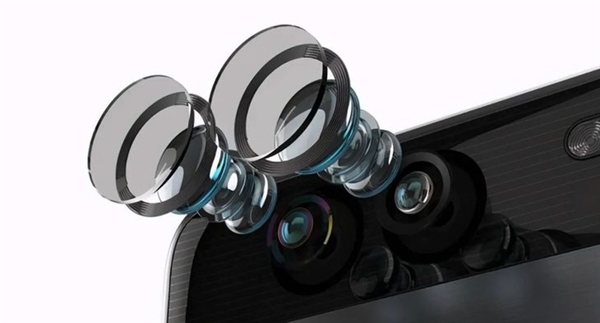
On the other hand, in order to pursue better optical performance, current mobile phone main cameras use large-area image sensors. However, the larger the sensor area, the longer the flange distance, and the more convex the lens will be, which is contrary to the design concept of thin and light mobile phones. This contradiction is particularly prominent in folding screen mobile phones that pursue the ultimate thinness and lightness.
If you can’t continue to pile up the number of lenses, it’s better to try to improve the lens material. This may be the idea of Xiaomi MIX Fold4.
Judging from the actual measurement results, the 1G6P WLG glass-plastic hybrid lens used by Xiaomi MIX Fold4 has excellent image effects. The larger aperture effectively increases the amount of light entering the lens, with higher resolution and super transparent photo effects. At the same time, the ultra-thin lens design also reduces the overall thickness of the lens set, making the foldable body thinner.
These features complement the outsole and large pixels of the main camera sensor of Xiaomi MIX Fold 4, ultimately bringing an Ultra-level shooting experience to the folding screen.
For specific image performance, let’s take a look at the sample photos directly. The following photos are all taken by the main camera of Xiaomi MIX Fold 4.
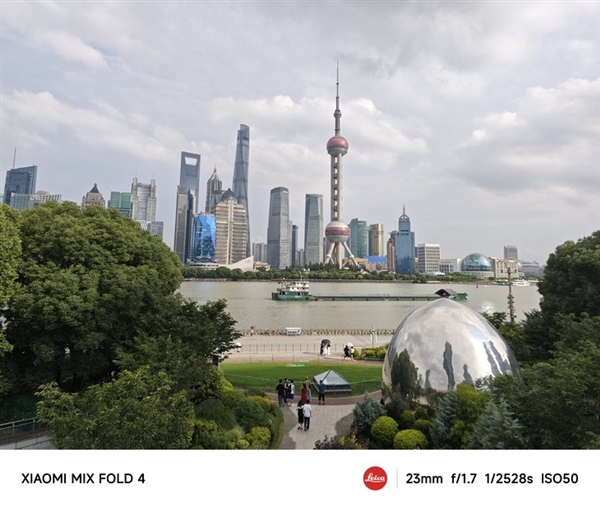
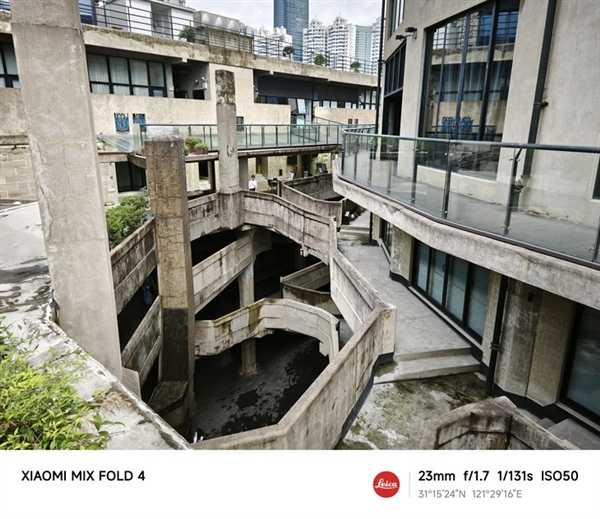
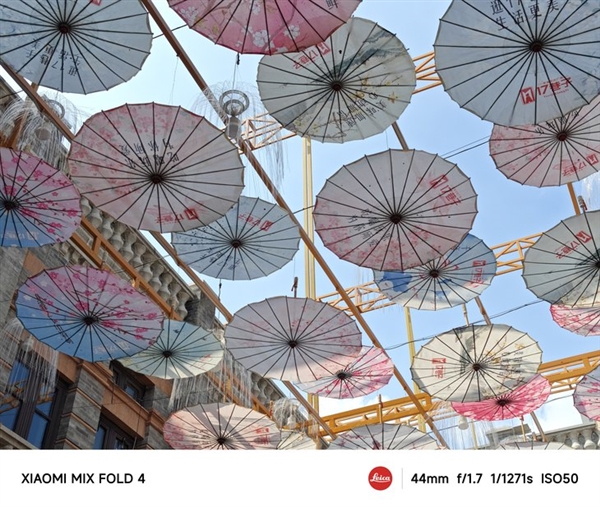
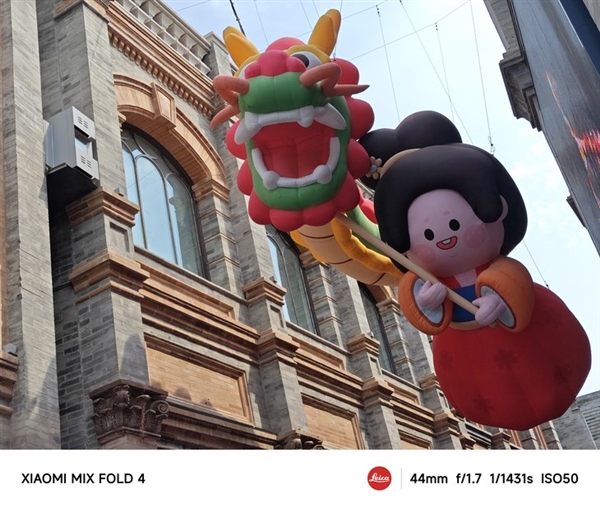
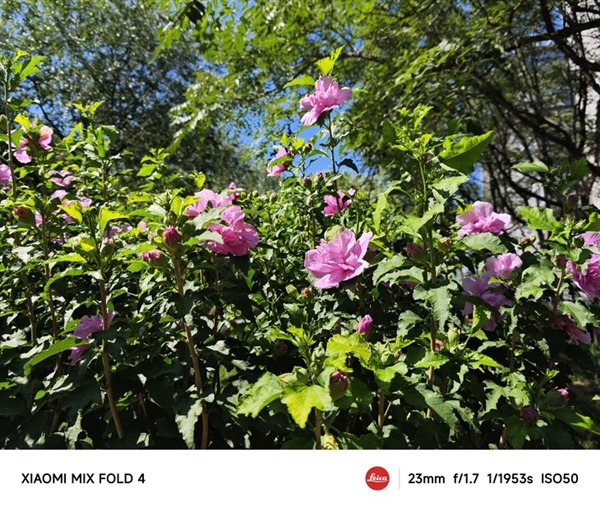
Outdoors with better lighting conditions during the day, the photos accurately restore the colors in the real scene. The details of the picture are also very clear. Even at the edges of the picture or the equivalent 44mm picture after cropping, there is no decrease in resolution.
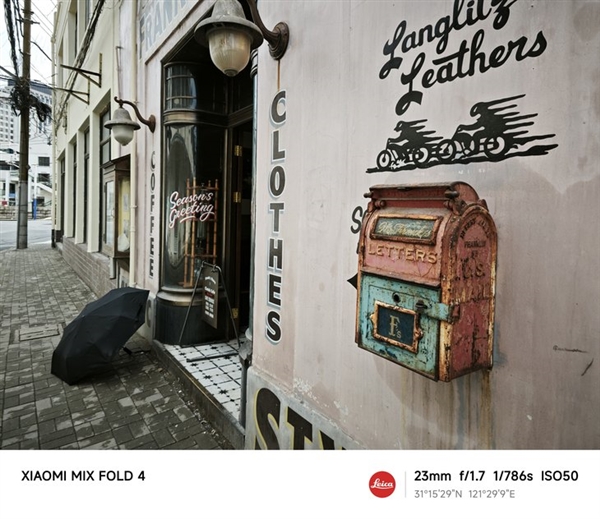
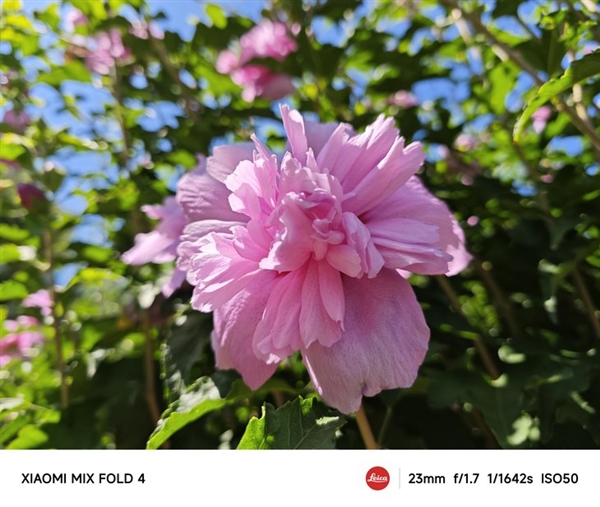
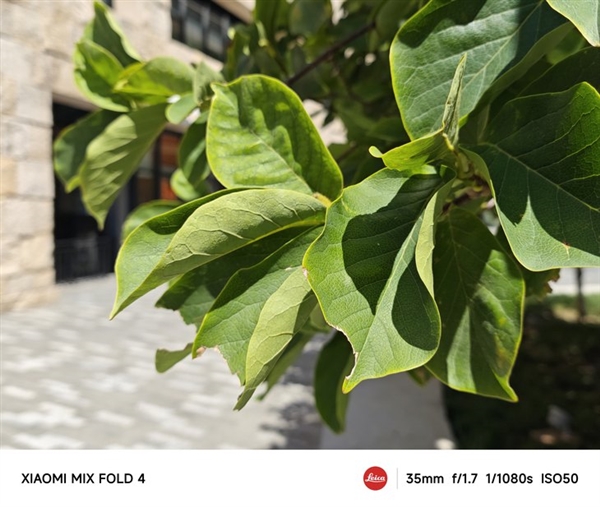

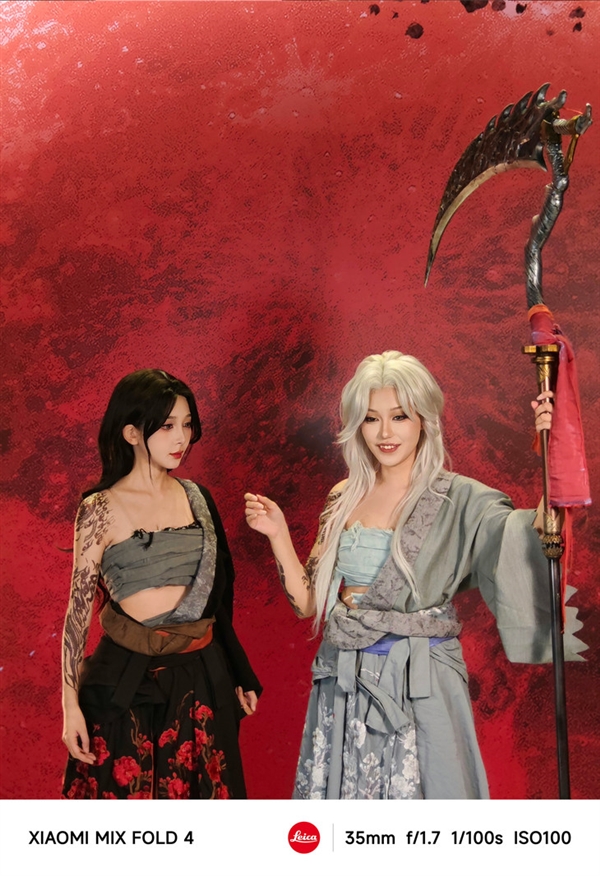
When shooting close-up objects and portraits, the surface details are analyzed quite well, and textures such as metal rust, floor masonry, and leaf veins are all well captured. The characters’ facial features, hair and other details are also exquisitely depicted.
Thanks to the larger aperture achieved by the WLG lens, it also brings natural and powerful background blur, making the photo less digital and giving the entire picture a clear and transparent natural look.

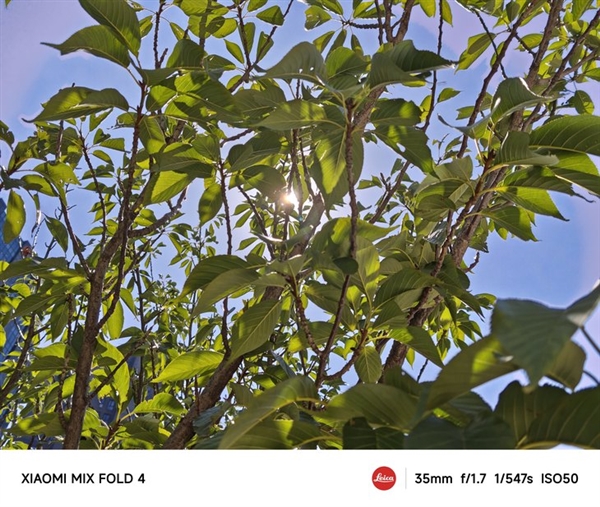
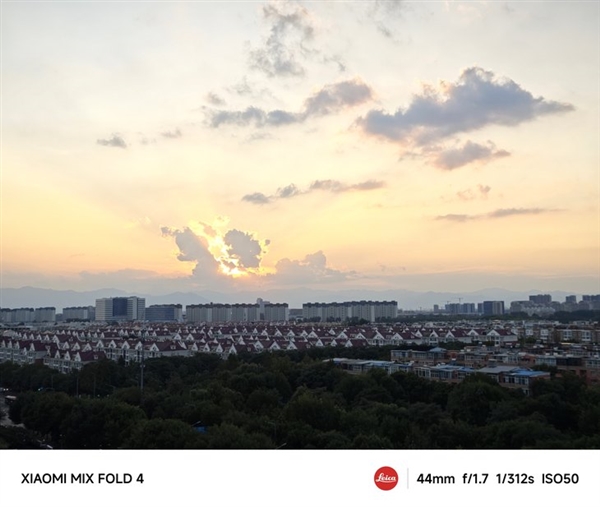
When shooting high light ratio scenes such as sunlight passing through leaves, there is no glare in the photo, the details of the foreground leaves are still rich, and the colors are restored in place. When shooting the scene of the sunset passing through the clouds, the foreground buildings, distant mountains, and clouds in the sky are full of layers, and the "Tyndale light" is restored, which is very close to what the naked eye can see.
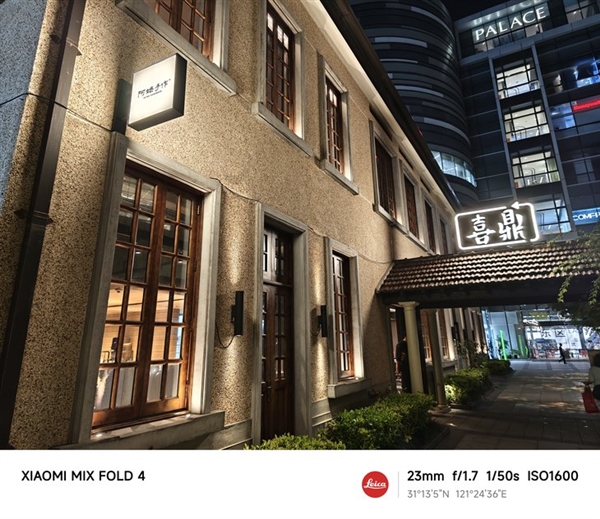
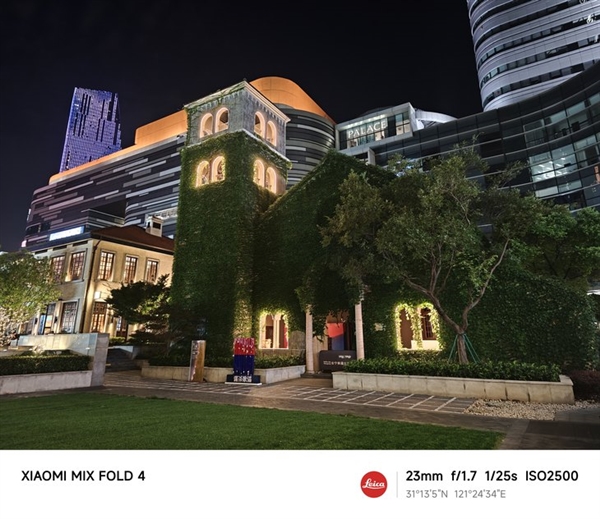
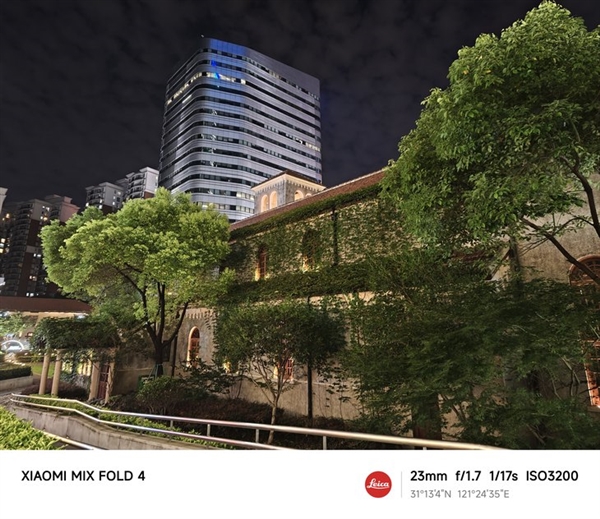
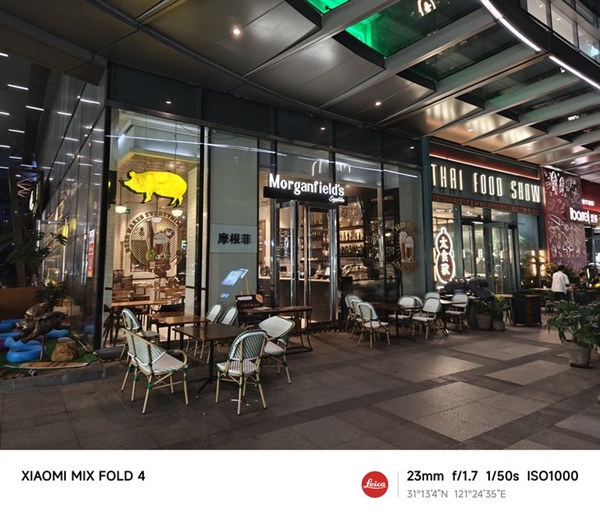
This lens performs equally well in night scenes. The picture has a high tolerance, dark details are fully preserved, and there are no noise or smear marks, including the sky. Highlights such as windows and luminous characters are also effectively suppressed, and there is no ghosting problem, which is enough to reflect the excellent optical quality of this lens.
Summary
We compared the previous generation Xiaomi MIX Fold 3 and found that it also uses the same 1G6P solution. It seems that this is not the first time that the glass-plastic hybrid lens has been demonstrated in operation. Looking at the Xiaomi MIX Fold 3 The comment area has received thousands of positive reviews from users saying “the photos are first-class”.
It is worth mentioning that in the second half of last year, the imaging systems of high-end flagship models of Apple and Huawei also began to introduce glass-plastic hybrid lens solutions. In the future, high-end models of other brands are likely to follow suit, which shows that this will become the mobile phone lens industry new development trends.
Especially now that manufacturers pay more attention to the thin and light experience of mobile phones, and continue to increase the size of large pixels in images. It can be said that WLG glass-plastic hybrid lenses that can achieve thinner thickness and better optical path design are a good idea. Solution, I believe this kind of lens will be seen in more and more mobile phones in the future.

The above is the detailed content of The secret weapon for advanced mobile imaging: In addition to Leica, Xiaomi has another big trick that is underestimated. For more information, please follow other related articles on the PHP Chinese website!
Related articles
See more- Domestic mobile phones are gradually emerging, and Apple's sales in China plummeted by 30%: iPhone no longer has a status symbol
- ROG gaming phone 8 back picture showing hidden screen technology
- Xiaomi and vivo plan to launch domestic satellite communication flagship product, large size is in preparation
- Honor Magic 6 series will be unveiled tomorrow: the first release will fully support magic large-scale models
- After falling from an altitude of more than 5,000 meters, the iPhone was still intact, not even scratched

